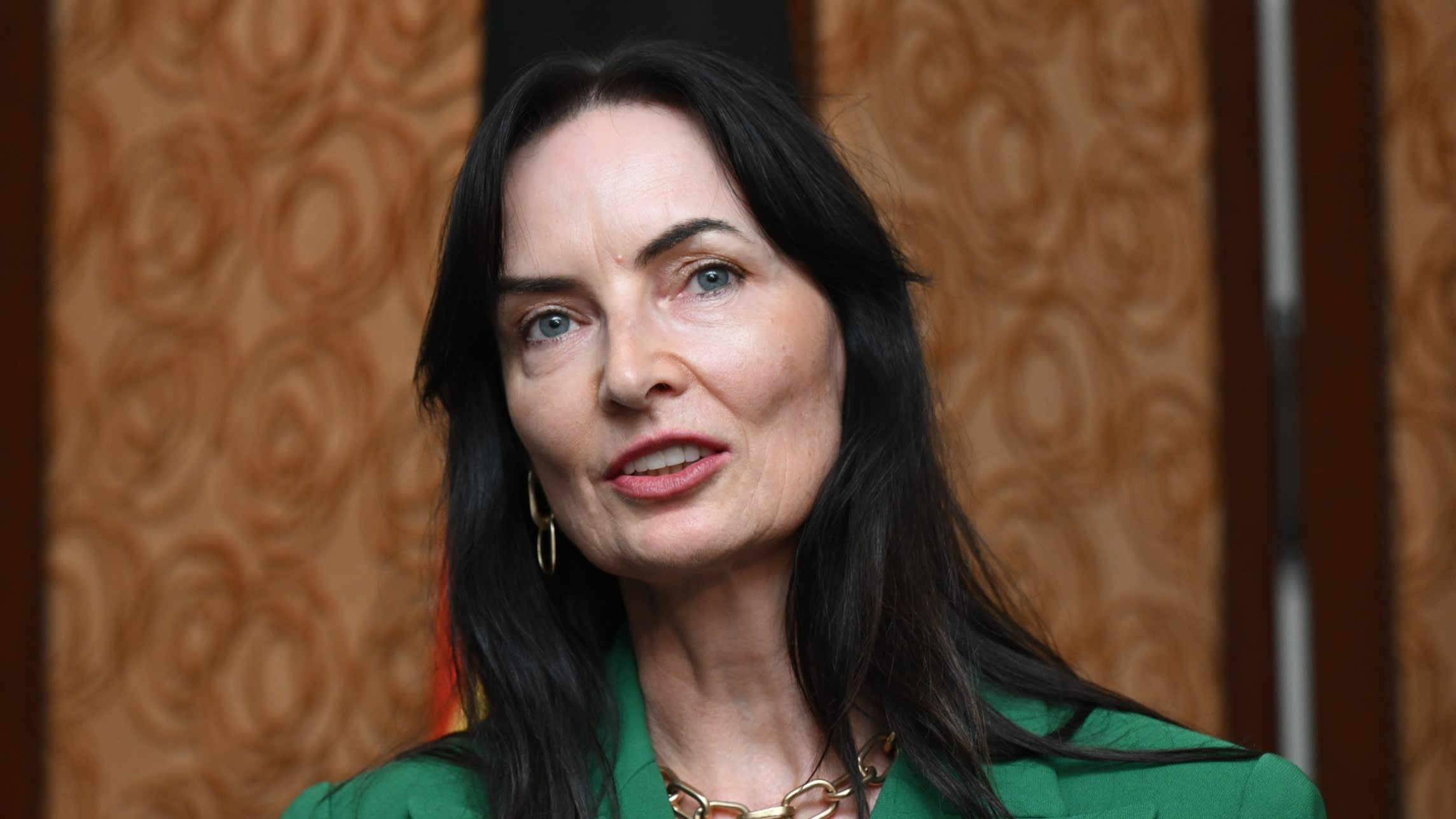The Green Gamble: How Simon Stiell’s Vision Could Rewrite the Future of Climate Action
In the high-stakes world of global climate diplomacy, few have dared to make as bold a wager as Simon Stiell, the United Nations’ climate chief. As the world teeters on the brink of irreversible climate disaster, Stiell has issued a stark ultimatum: act decisively within two years, or face economic collapse and environmental ruin.
But here’s the twist—Stiell isn’t just issuing a warning; he’s offering a blueprint for salvation. His strategy hinges on a radical shift from traditional climate alarmism to a narrative of opportunity and innovation. It’s a gamble that challenges the very foundations of global climate policy.
The Gamble: A Shift in Narrative
Stiell’s approach is audacious. He proposes that nations abandon the rhetoric of doom and instead focus on the economic and social benefits of a green transition. By highlighting job creation, improved public health, and energy security, he aims to galvanize political will and public support for ambitious climate action.
This narrative shift isn’t just about changing the conversation—it’s about rewriting the rules of the game. Stiell believes that by framing climate action as a path to prosperity, nations can unlock the investments and political commitments necessary to meet the Paris Agreement’s 1.5°C target.
The Stakes: A Global Economic Cliffhanger
The stakes couldn’t be higher. According to Stiell, failure to act could lead to economic losses exceeding 5% of global GDP. He warns that escalating climate costs, including extreme weather events and resource shortages, will disproportionately affect the world’s most vulnerable populations, exacerbating social inequalities and triggering mass migrations.
Yet, amidst these dire predictions, Stiell remains cautiously optimistic. He points to China’s rapid advancements in green energy and electric vehicles as evidence that the green transition is not only feasible but already underway. This success story, however, comes with a caveat—China’s upcoming Nationally Determined Contribution (NDC) is expected to be less ambitious than previous commitments, raising questions about the sincerity of its climate leadership.
The Players: Allies and Adversaries
Stiell’s gamble isn’t without its risks. Major emitters like the United States, Russia, and Saudi Arabia are expected to present NDCs that fall short of the necessary targets. Even the European Union, long seen as a climate champion, faces internal divisions and political tensions that could undermine its climate ambitions.
In contrast, nations like Australia are at a crossroads. With a 2035 emissions target on the table, Australia has the opportunity to lead by example. Stiell urges the Australian government to adopt an ambitious target, warning that anything less would be a “bog-standard” approach that jeopardizes the country’s economic future and global standing.
The Outcome: A New World Order?
As the world approaches the critical COP30 summit in Brazil, the outcome of Stiell’s gamble remains uncertain. Will nations heed his call and embrace a future defined by sustainable growth and equity? Or will they falter, allowing climate inaction to dictate their fate?
One thing is clear: Simon Stiell has set the stage for a high-stakes drama that will unfold on the global stage. As the clock ticks down, the world watches, waiting to see if this bold vision can transform the narrative of climate action from a tale of sacrifice to one of opportunity.
